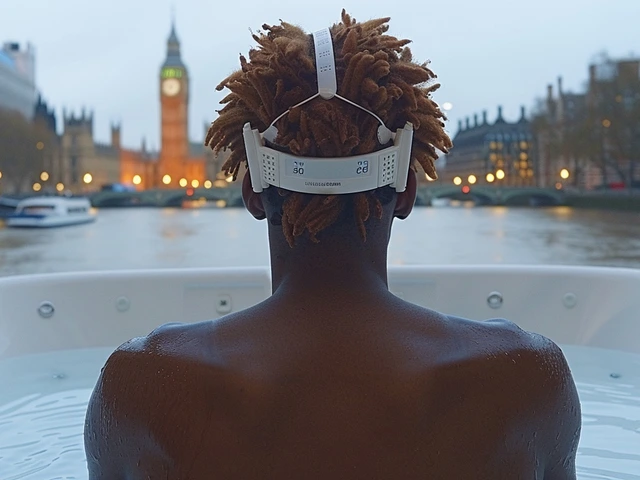Creative Arts Therapy: Art, Music, and Movement That Actually Help
What if drawing, drumming, or moving could help you feel calmer and clearer? Creative arts therapy uses art, music, dance, drama, or writing as tools to process feelings, reduce stress, and build coping skills. It’s practical, hands-on, and works for people who don’t get much from talk therapy alone.
What creative arts therapy looks like
A session usually lasts 45–60 minutes. A credentialed therapist sets a goal—like reducing anxiety or improving emotional expression—and guides you through activities, not art school assignments. You might sketch something linked to a memory, listen to music and move, or write a short scene and talk about it. The therapist helps you name feelings, spot patterns, and try new ways to respond.
Creative arts therapy isn’t about talent. No artistic skill is required. The point is using creative acts to access emotions and body signals in a different way. Clinical trials and practical programs show these therapies can lower anxiety, reduce depressive symptoms, and improve coping for people with trauma, long-term health conditions, and everyday stress.
Try one quick activity right now
Pick one of these short, practical exercises—each takes 5–15 minutes and you can do it at home.
- 10-minute expressive drawing: Set a timer for 10 minutes. Don’t plan—draw how your body feels right now. No neatness required. Afterward, look for one shape, color, or line that stands out and name the feeling it represents.
- Music and breath reset: Choose a song that’s 3–5 minutes long. Sit or stand, breathe in for 4 counts and out for 6. Move gently with the music—sway, tap, or hum. Notice tension that eases and jot one word that describes your mood afterward.
- Mini role-play: Imagine a small scene where you say what you need. Speak it out loud alone or with a friend. Keep it under a minute. Practicing the words makes asking for support feel easier in real life.
Each exercise is a safe way to practice new responses. If something brings up strong emotion, stop and use grounding: name five things you can see, four things you can touch, three sounds, two smells, one breath.
Want more? Read our post "Unlock the Healing Power of Creative Arts Therapies for Better Mental Health" for a full guide. If you’re also into mindfulness, check "How to Start Meditating" and "Calmness Techniques for Stress Relief"—they pair well with creative work. If you have serious trauma or clinical depression, reach out to a licensed therapist who works with creative arts approaches.
Creative arts therapy is simple, direct, and often surprising: small creative moves can shift how you feel and help you cope better every day.
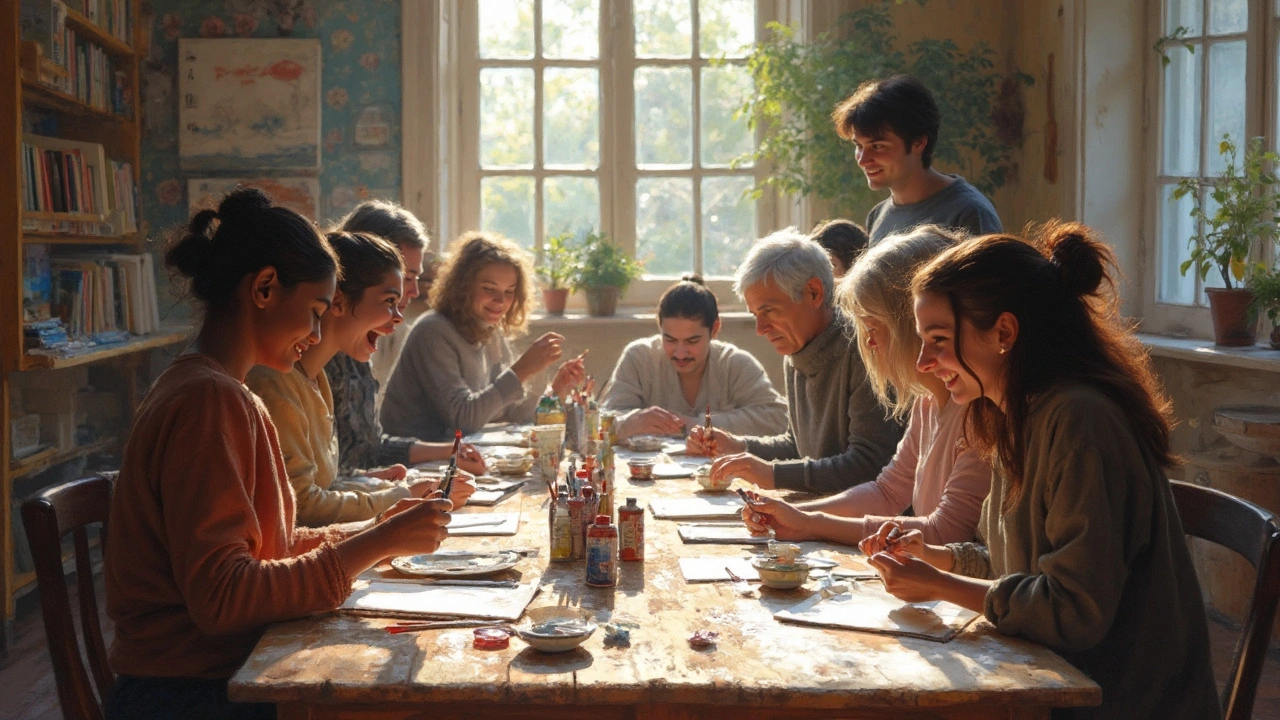
Healing Power of Art: How Creative Arts Therapies Boost Wellbeing
Creative arts therapies tap into painting, music, dance, and writing to help people recover from stress, trauma, and mental health challenges. This article breaks down how and why art can heal, what happens in a therapy session, and who benefits most from these approaches. Along the way, you'll find real stories, surprising research, and practical advice to try right away. If you've ever doodled to relax or listened to a song on repeat for comfort, you'll see why the science backs you up. These therapies are more accessible than you might think.
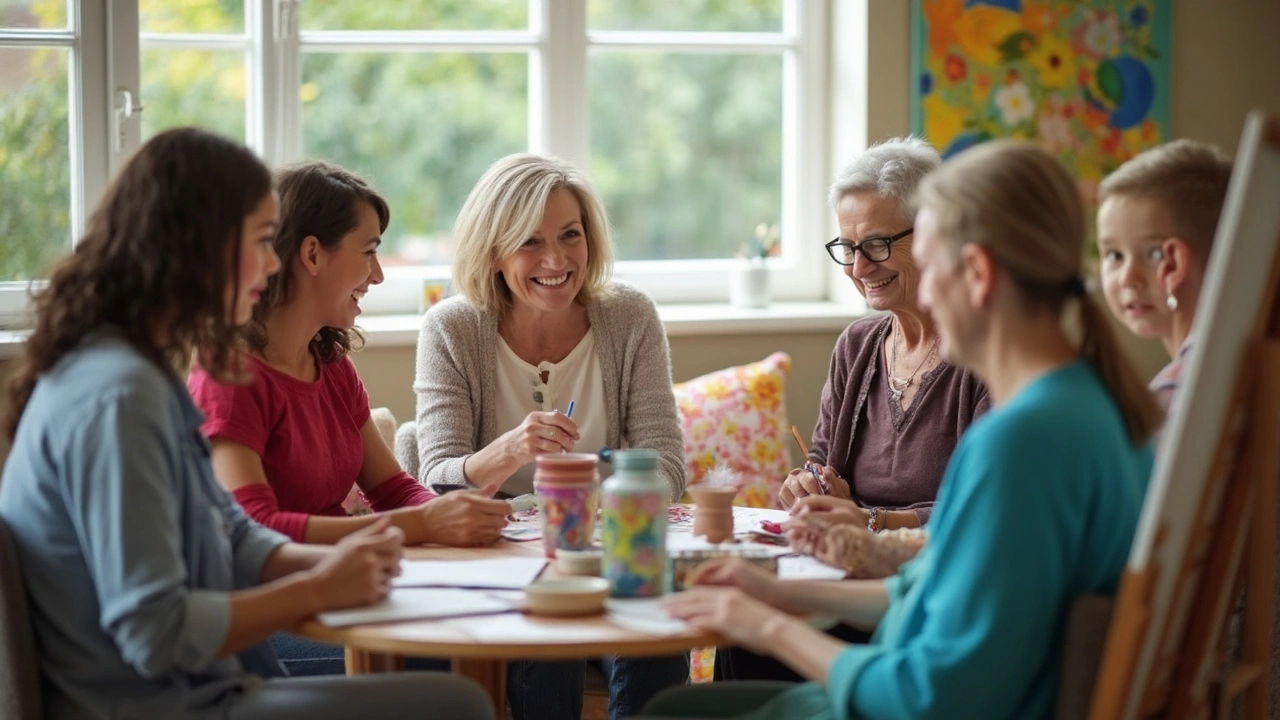
Creative Arts Therapies: A Pathway to Happiness
Discover how creative arts therapies help nurture happiness through painting, music, dance, and drama. Learn the tools and techniques therapists use to unlock self-expression and emotional well-being. This article explores how creative therapies enhance mood and foster connections between body, mind, and emotions. Get valuable tips on integrating these practices into daily life for improved mental health. Dive into real-life success stories to understand the profound impact of these therapies.
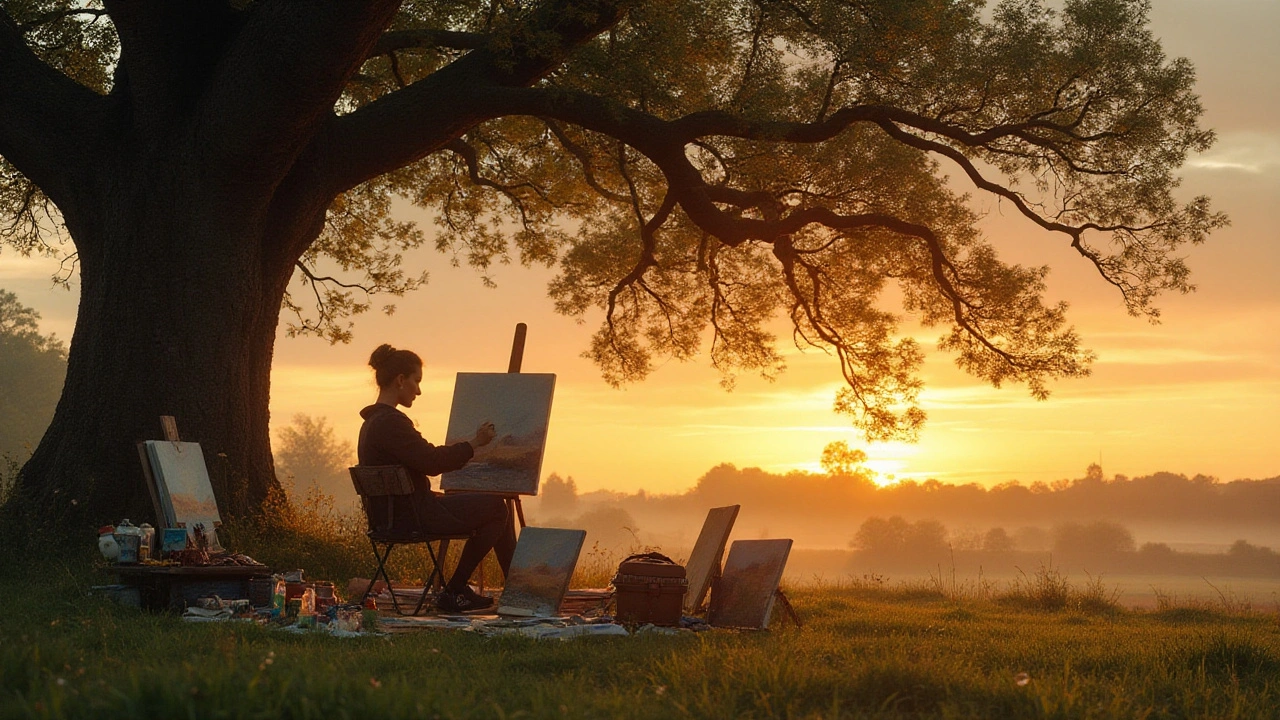
Enhance Well-being with Creative Arts Therapy Techniques
Creative Arts Therapies offer numerous benefits for mental well-being, utilizing various artistic expressions such as music, painting, and dance to foster emotional and mental health. These therapies provide an avenue for self-expression and can help address a wide range of mental health issues. Discover how engaging in creative arts can positively impact your mental health and learn some useful tips to incorporate into your everyday life.
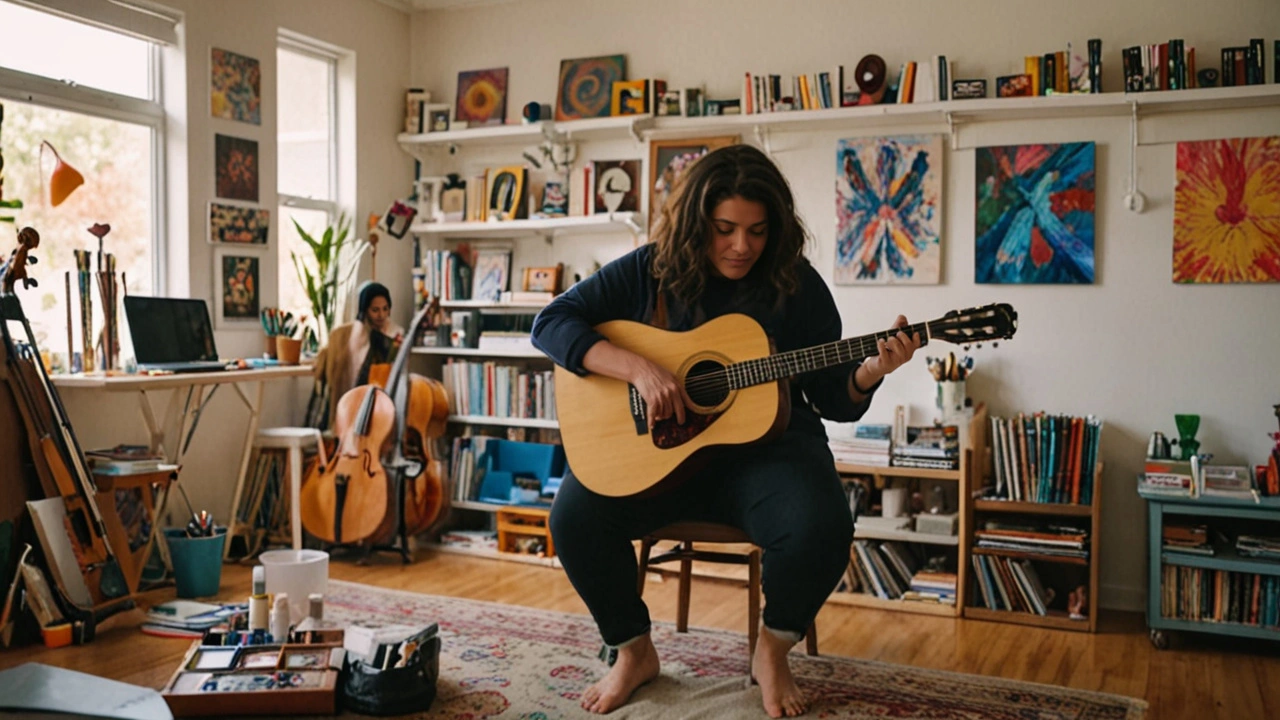
How Creative Arts Therapies Are Transforming Lives
Creative arts therapies, which include music, dance, and art therapy, are gaining attention for their ability to improve mental and emotional well-being. These therapies offer unique ways to express emotions, reduce stress, and foster personal growth. People from all walks of life are benefiting from their healing power. This article explores how they work, their benefits, and tips on getting started.
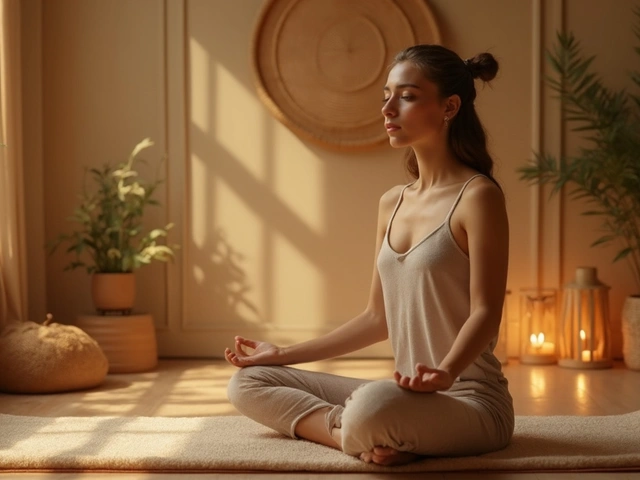
Laos Massage: Stress Relief with a Fresh Touch
Apr, 30 2025


